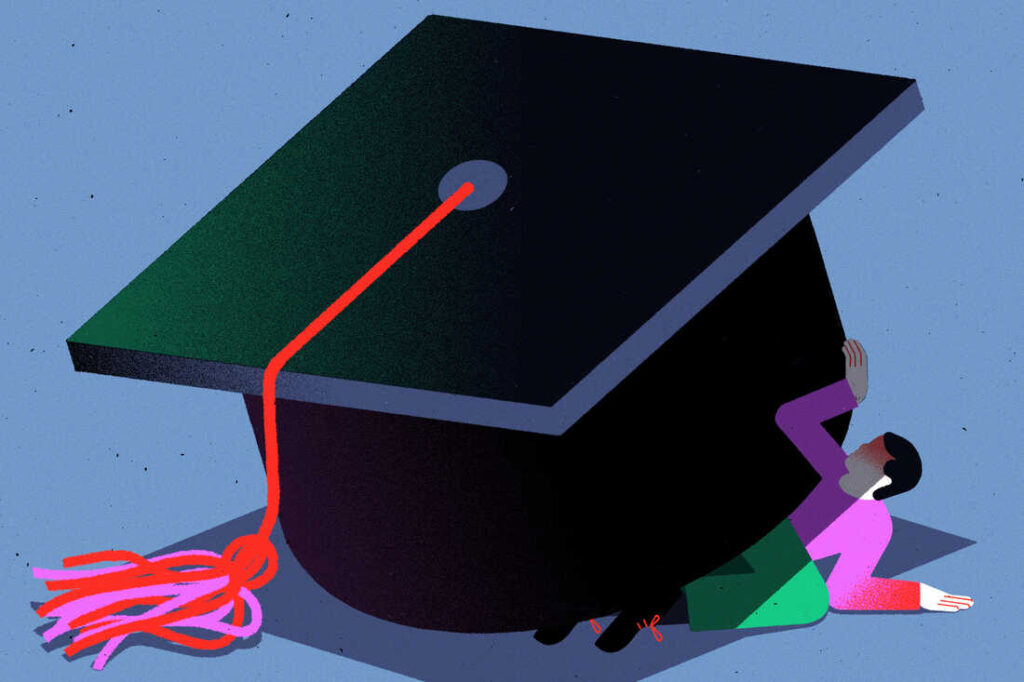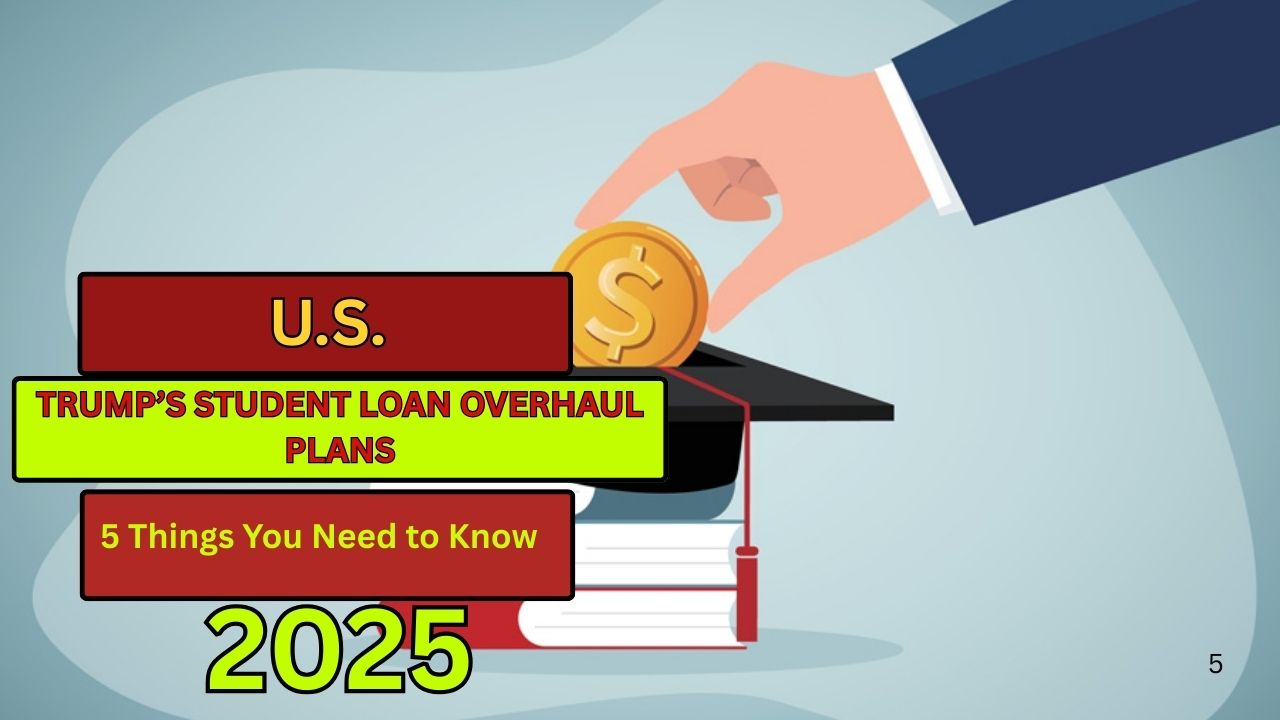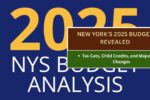The landscape of federal student loans is shifting dramatically under new changes rolled out by former President Donald Trump in 2025. With a series of executive actions and administrative shifts, Trump’s overhaul touches millions of borrowers, some facing new hardships. Here’s a breakdown of the five biggest changes and what they mean for borrowers.
1. Collections on Defaulted Loans Resume
Starting May 5, 2025, the U.S. Department of Education will resume collection activities on federal student loans that are in default. This move ends a pandemic-era pause that had been in place since March 2020. Borrowers who have defaulted could face serious consequences such as wage garnishment, tax refund seizure, and other aggressive collection efforts.
According to TIME and Houston Chronicle reports, about 10 million borrowers are impacted. Borrowers are advised to contact their loan servicers or check options like loan rehabilitation through official portals like Federal Student Aid to avoid further penalties.
2. New Restrictions on Public Service Loan Forgiveness (PSLF)
On March 7, 2025, Trump signed an executive order tightening eligibility criteria for the Public Service Loan Forgiveness (PSLF) program. The order seeks to exclude individuals working for organizations that, according to the administration, engage in activities against “national security or public order.”
This development has drawn significant criticism from educators, non-profit employees, and advocacy groups. Details are available on the U.S. Department of Education’s official site and a full report is provided by the Washington Post.
3. Closure of Income-Driven Repayment (IDR) Plan Applications
Applications for Income-Driven Repayment (IDR) plans have been suspended under the Trump administration. IDR plans previously allowed borrowers to cap their monthly payments based on their income level, often providing crucial relief.

Without access to IDR options, millions of borrowers could face unaffordable monthly payments. A detailed discussion on these closures and borrower impacts can be found through The Guardian.
4. Transfer of Student Loan Management to the SBA
In a major restructuring move, Trump announced plans to shift federal student loan management from the Department of Education to the Small Business Administration (SBA).
According to Forbes and NPR, this shift is part of Trump’s broader goal to dismantle the Department of Education. However, it raises concerns: the SBA is already planning a 40% workforce reduction, raising fears about how effectively the agency can manage over $1.6 trillion in outstanding student loans.
Borrowers will need to stay alert for new servicing guidelines and potential delays.
5. Changes to Repayment Terms and Forgiveness Timelines Proposed
The administration is pushing for consolidation of existing IDR plans into a single, standardized plan. Under this proposal:
- Monthly payments would be capped at 12.5% of a borrower’s discretionary income.
- Undergraduate loans could be forgiven after 15 years.
- Graduate loans would require up to 30 years before forgiveness eligibility.
This change could significantly alter how borrowers plan their finances. A detailed explanation is provided by Money Talks News.
Borrowers are encouraged to review current repayment options using the loan simulator at studentaid.gov to adapt to these potential changes.
Conclusion
Trump’s 2025 student loan overhaul brings sweeping changes that could reshape the future for millions of Americans with federal student debt. From reinstating collections to altering forgiveness programs and transferring loan management, borrowers are urged to stay informed, review official resources, and plan proactively.
This article has been carefully fact-checked by our editorial team to ensure accuracy and eliminate any misleading information. We are committed to maintaining the highest standards of integrity in our content.

Outside of work, he enjoys playing chess, following cricket, and writing short stories. His commitment to integrity and in-depth analysis strengthens OTE News’ mission of providing trustworthy journalism.




